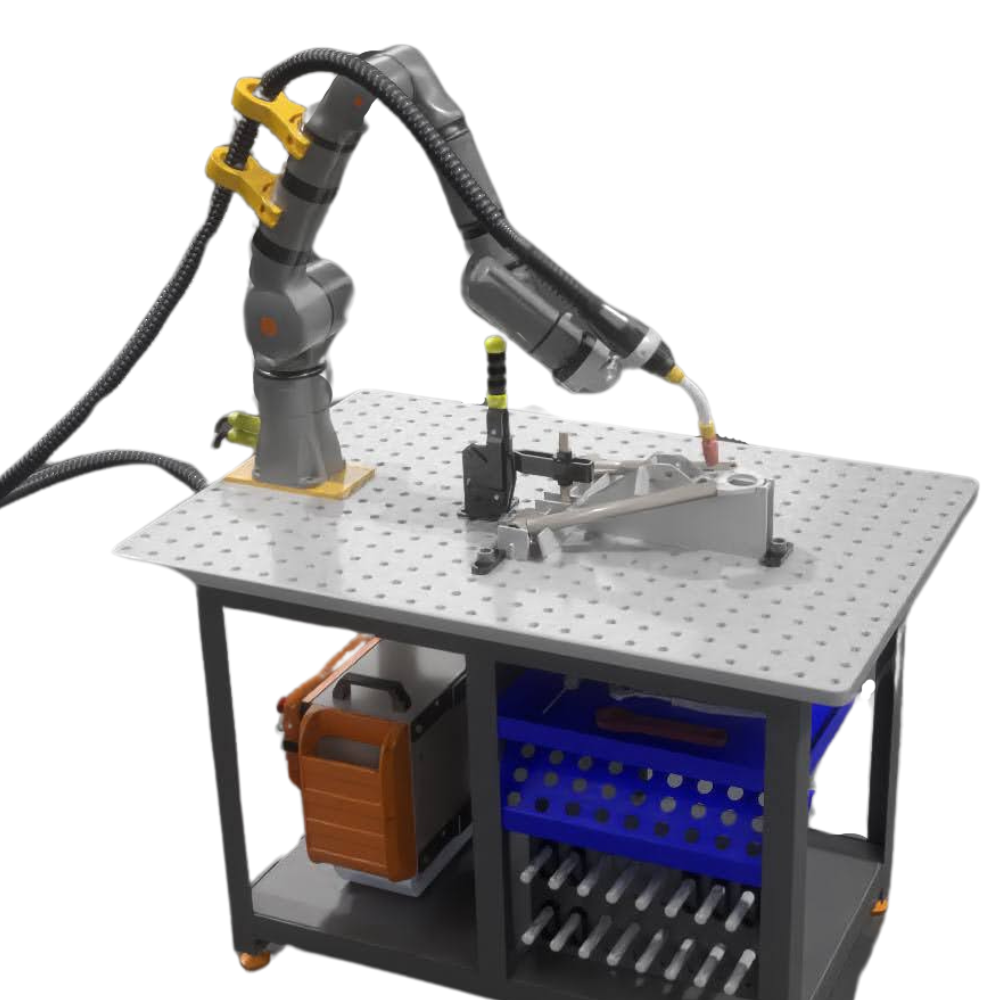Bridging the Gap with Advanced Welding Technology
The landscape of automated welding is undergoing a significant transformation. Historically, automated welding cells were largely associated with large-scale, high-volume production environments. However, the latest technological advancements have altered this scenario. Nowadays, small and medium-sized businesses, typically engaged in high-mix, low-volume manufacturing, are progressively adopting robotic welding systems. This shift is largely attributed to the emergence of collaborative robots, commonly known as cobots. These cobots are renowned for their intuitive programming interfaces, making them remarkably user-friendly. Such advancements have considerably reduced the complexities and costs associated with adopting automated welding solutions, making them more feasible for a broader range of manufacturers.
Cobots: Allowing for Flexibility and Efficiency
Cobots have opened the door for industry adoption of automated welding, especially in environments with variable and unpredictable production demands. Their standout feature is the ease with which they can be reprogrammed and shifted to new tasks. This adaptability is crucial in situations where production needs constantly change and each job has specific requirements. For manufacturers who frequently need to switch welding operations, cobots offer a valuable solution. They eliminate the high costs and time investments usually associated with conventional automated welding systems.
Tackling the Skilled Welder Shortage with Automation
The shift towards robotic welding is significantly driven by the increasing scarcity of skilled welders. This shortage presents a major challenge for the manufacturing industry. In response, automated welding cells, particularly those involving cobots, are emerging as an effective solution. Their integration into manufacturing processes helps maintain steady production rates and ensures the quality of welds, all while reducing reliance on a dwindling skilled labor pool. Adopting this technology not only addresses immediate production needs but also eases the burden of recruiting and retaining skilled welders.
Introducing the Spartan 1 Welder: A Tailored Solution for SMBs
Facing the challenges in the industry, Spartan Robotics created the Spartan 1 Welder, an automated welding cell tailored for high-mix, low-volume manufacturing settings. This system capitalizes on the flexibility of 7-axis cobots and their straightforward programming, providing an efficient and adaptable welding solution for businesses of all sizes. The system is designed for precise and consistent performance across various materials and welding methods, meeting the diverse needs of modern manufacturing environments.

The Spartan 1 Welder stands out as more than just equipment; it's a vital resource for manufacturers aiming to stay ahead in a rapidly evolving, quality-centric market. Its straightforward interface allows for quick configuration and easy switching between various welding tasks, offering an effective solution for enhancing welding operations while sidestepping the typical hurdles of automation.
Discover more at www.spartan-robotics.com
Empowering Manufacturers with Robotic Welding
Incorporating robotic welding in high-mix, low-volume production settings marks a major advancement in industrial automation. Tools like the Spartan 1 Welder help manufacturers tackle both labor shortages and the demand for flexible production. Spartan Robotics focuses on delivering innovative solutions, enabling manufacturers to adopt advanced welding technologies that enhance efficiency, maintain quality, and support scalable operations.
Bridging the High-Mix, Low Volume Production Gap in Welding